É professora adjunta da Universidade Federal do ABC (UFABC) na área de materiais poliméricos, desde 2017. Possui graduação (2010) em Engenharia de Materiais pela École Nacionale Supérieure des Ingénieurs en Arts Chimiques et Technologiques (ENSIACET, Toulouse, França) e doutorado (2014) em Ciência dos Polímeros (cotutela entre a Université de Bordeaux, França, e a Université de Liège, Bélgica). Realizou um pós-doutorado (2016) no Instituto de Química da Universidade de Campinas (UNICAMP).
Seus principais temas de interesse são:
– valorização do CO2 e tecnologia supercrítica para obtenção de polímeros funcionais, tais que sistemas de liberação controlada de bioativos e espuma. Essa linha de pesquisa visa entender de maneira fundamental a relação entre a composição e estrutura de polímeros e o comportamento durante o processamento por CO2 supercrítico, abordando os aspectos termodinâmicos e físico-químicos. Essa compreensão do processo permite a otimização do desenvolvimento de produtos com uma variedade de bioatividade na área farmacológica, cosmética e alimentar. Projetos com a indústria estão sendo realizados;
– impressão 3D/4D de hidrogéis funcionais. A abordagem visa a otimização conjunta da composição de novos géis precursores e a otimização do seu processo de impressão, buscando o desenvolvimento de estruturas funcionais. As características químicas, estruturais e reológicas dos materiais são ajustadas para melhor controle das estruturas impressas e das suas propriedades frente a aplicação desejada (soft robot, tissue engineering…);
– elastômeros funcionais para necessidades industriais. Alguns projetos visam a redução da resistência ao rolamento ou adequação da rota de funcionalização do elastômero reticulado.
Link para o site: https://sites.google.com/view/mathildechampeaugroup






